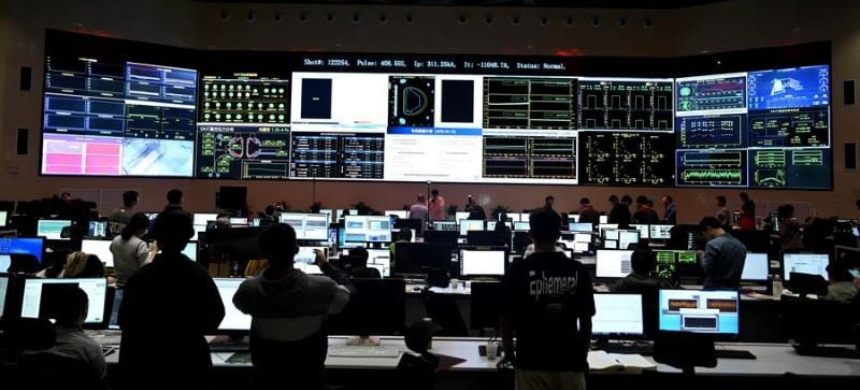Science Island in Hefei, Anhui Province, is dedicated to advancing nuclear fusion research with the goal of achieving future clean energy solutions. The island hosts the Institute of Plasma Physics, which plays a central role in the International Thermonuclear Experimental Reactor (ITER) program. ITER, a collaborative project involving China, the EU, India, Japan, Korea, Russia, and the US, aims to be the world’s largest tokamak reactor for nuclear fusion.
The island is also home to the Experimental Advanced Superconducting Tokamak (EAST), known as the “Chinese artificial sun,” designed to replicate the fusion process of the sun and provide clean energy. EAST’s achievements are shared globally, and it supports various international collaborations.
Also Read: Best Computer Science Universities In Pakistan
China’s commitment to fusion research includes significant contributions to ITER and partnerships with countries like Thailand to develop experimental tokamak devices. The Chinese Academy of Sciences recently launched a pilot program to foster global innovation in magnetic confinement fusion energy.
Additionally, the island is close to the Origin Wukong quantum computer, a third-generation superconducting quantum device that has completed around 250,000 quantum computing tasks since its launch. This computer represents China’s advancement in quantum technology, which has significant implications for future economic and technological development.
Science Island symbolizes China’s dedication to scientific progress and international cooperation, aiming to address major global challenges such as clean energy and climate change.











